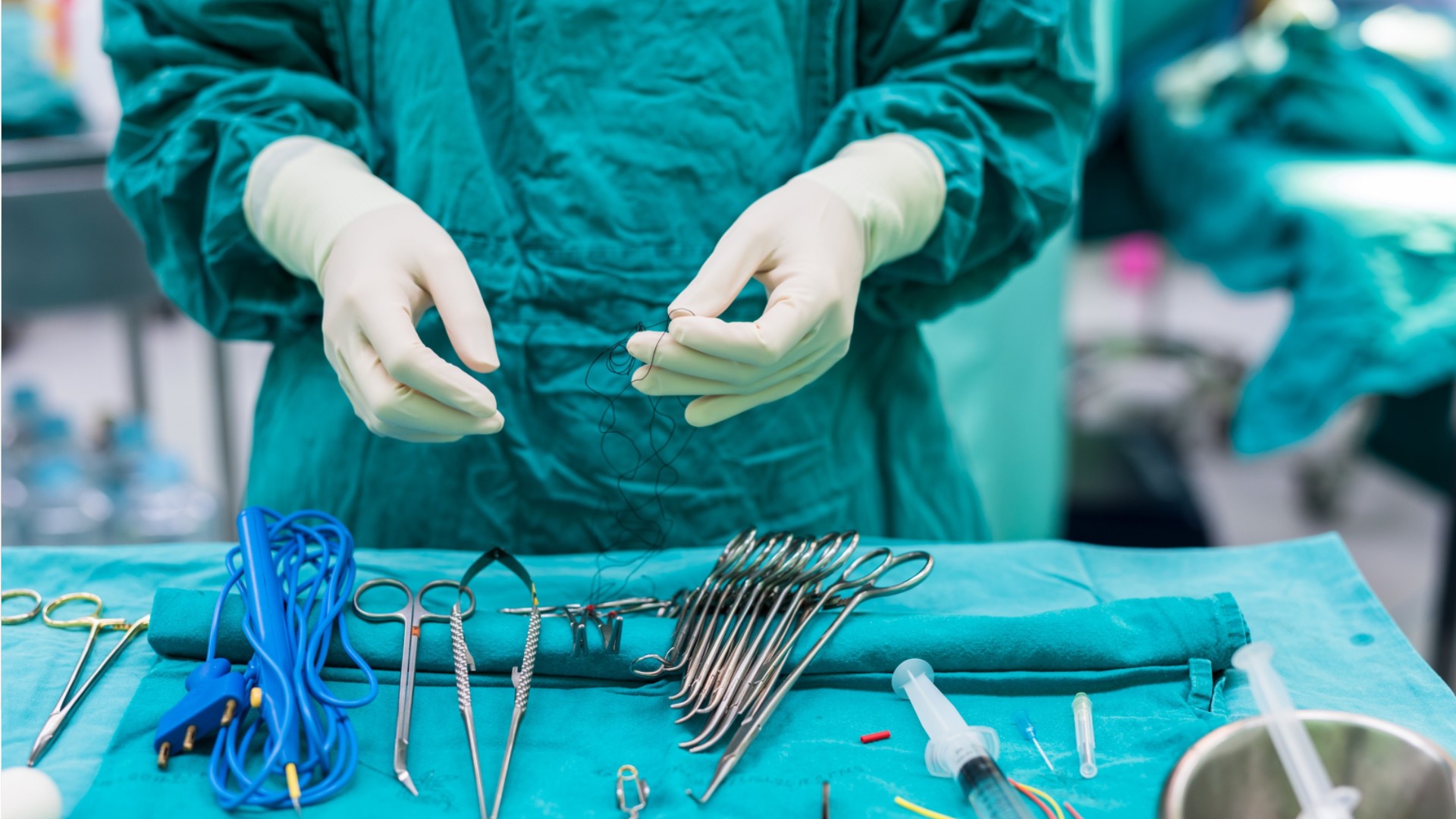Surgical Technologists
Certified Surgical Technologist (CST), Operating Room Technician (OR Tech), Surgical Technician, Surgical Technologist (Surgical Tech)
 Select a military branch to see samples.
Select a military branch to see samples.
Aerospace Medical Service Manager; Dental Assistant Craftsman, Dental Hygienist; Health Services Management; Health Services Management Helper; Operating Room Nurse; Respiratory Care Practitioner Journeyman; Surgical Technologist Apprentice; Surgical Technologist Craftsman; Surgical Technologist Helper; Surgical Technologist Journeyman
Nurse Corps Officer; Operating Room Specialist; Perioperative Nurse
Health Services Technician; Medical Administration Specialty
No similar titles were found.
Cardiovascular Technician; Hospital Corpsman; Opthalmic Surgical Technician; Sugical Technologist; Surgical Technologist
Surgical Service; Surgical Service Apprentice; Surgical Service Apprentice, Otolaryngology; Surgical Service Craftsman; Surgical Service Craftsman, Otolaryngology; Surgical Service Helper; Surgical Service Helper, Orthopedics; Surgical Service Helper, Urology; Surgical Service Journeyman, Orthopedics; Surgical Service Journeyman, Urology
What they do:
Assist in operations, under the supervision of surgeons, registered nurses, or other surgical personnel. May help set up operating room, prepare and transport patients for surgery, adjust lights and equipment, pass instruments and other supplies to surgeons and surgeons' assistants, hold retractors, cut sutures, and help count sponges, needles, supplies, and instruments.
On the job, you would:
- Maintain a proper sterile field during surgical procedures.
- Count sponges, needles, and instruments before and after operation.
- Scrub arms and hands and assist the surgical team to scrub and put on gloves, masks, and surgical clothing.
Knowledge
Business
- customer service
Health
- medicine and dentistry
Arts and Humanities
- English language
Education and Training
- teaching and course design
Skills
Basic Skills
- keeping track of how well people and/or groups are doing in order to make improvements
- listening to others, not interrupting, and asking good questions
Problem Solving
- noticing a problem and figuring out the best way to solve it
Abilities
Hand and Finger Use
- keep your arm or hand steady
- hold or move items with your hands
Verbal
- listen and understand what people say
- communicate by speaking
Attention
- pay attention to something without being distracted
Ideas and Logic
- notice when problems happen
Personality
People interested in this work like activities that include practical, hands-on problems and solutions.
They do well at jobs that need:
- Stress Tolerance
- Self-Control
- Cooperation
- Cautiousness
- Integrity
- Attention to Detail
Technology
You might use software like this on the job:
Medical software
- Electronic medical record EMR software
- MEDITECH software
Electronic mail software
- Email software
Graphics or photo imaging software
- Graphics software
Education
Education: (rated 3 of 5)
associate's degree or
certificate after high school
usually needed
certificate after high school
usually needed
Job Outlook
Bright
New job opportunities are very likely in the future.
Explore More
- Cardiovascular Technologists & Technicians
- Endoscopy Technicians
- Medical Equipment Preparers
- Radiologic Technologists & Technicians
- Surgical Assistants
You might like a career in one of these industries:
See more details at O*NET OnLine about Surgical Technologists.





